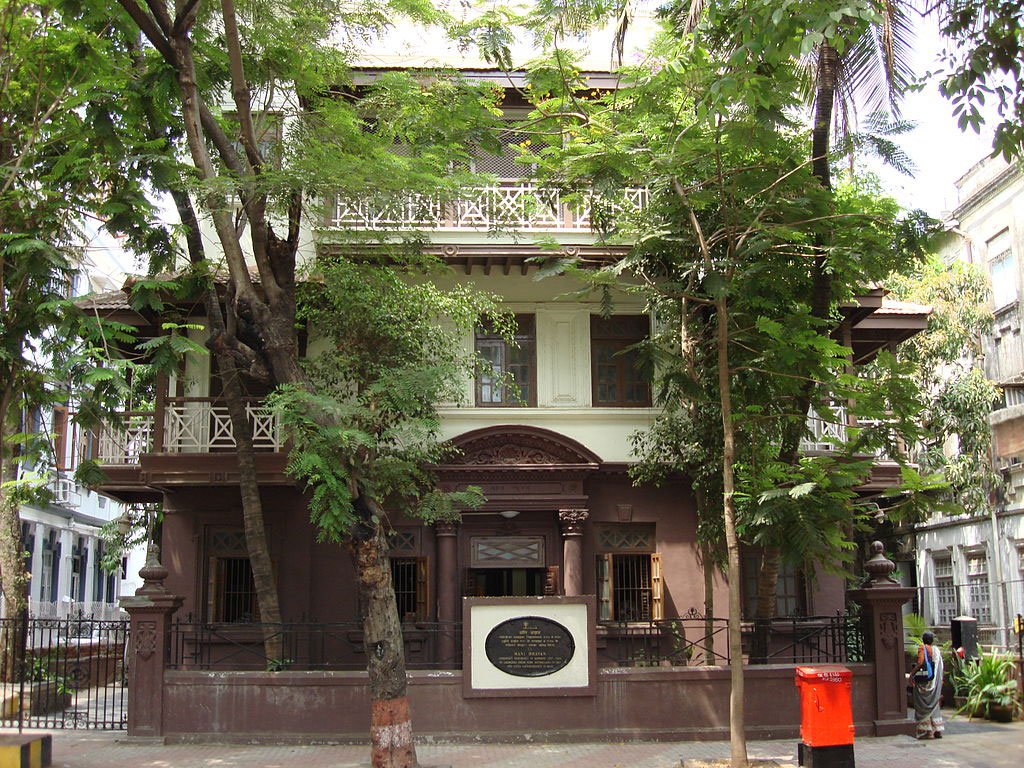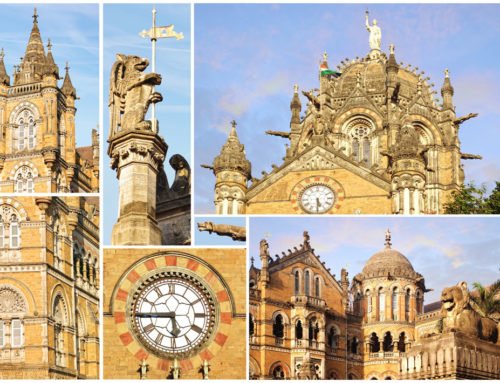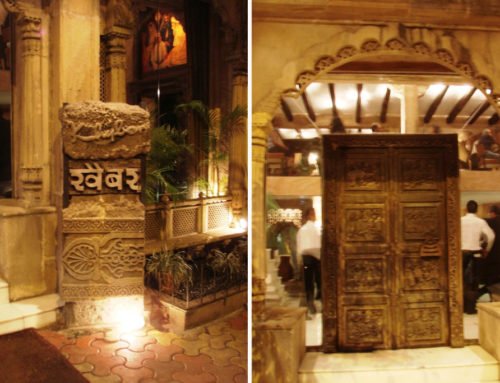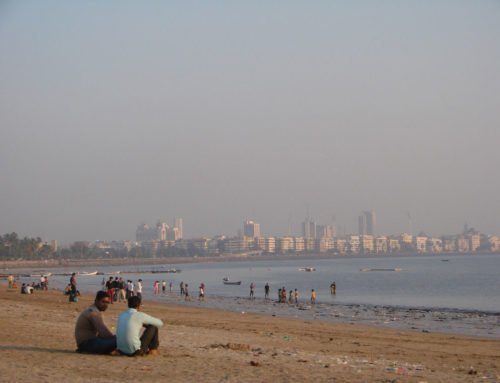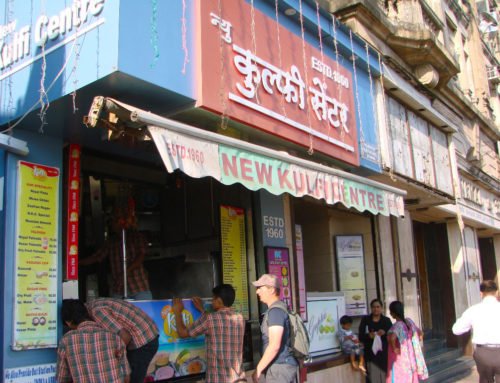Overview
- Features: Building where Gandhi lived while in Mumbai now converted to a museum
- Opening Times: 9:30 am to 6:00 pm, daily
- Best Time to Visit: Anytime
- Duration: 1 to 2 hours
- Travelled By: Taxi
- Cost: Free
- Address: 19 Laburnum Road, Gamdevi, Mumbai, Maharashtra, India
- Type: Memorial, Museum
Author Reviews[display_rating_item_results rating_form_id=”2″ rating_entry_ids=”1″ show_category_filter=”false” show_options=”true” result_type=”star_rating” preserve_max_rating=”true” show_title=”false” show_count=”false” ]
Total Rating: [display_rating_result rating_form_id=”2″ show_count=”false” show_rich_snippets=true] [accordions load=”1″] [accordion title=”User Reviews” last] [display_rating_item_results rating_form_id=”5″ show_options=”true” result_type=”star_rating” preserve_max_rating=”true” show_title=”false” show_count=”true” show_rich_snippets=true] [/accordion] [accordion title=”Add Review”][display_rating_form show_email_input=”true” show_comment_textarea=”true” show_name_input=”true” rating_form_id=”5″] [/accordion] [/accordions]
Summary
Mani Bhavan is a small yet poignant museum and memorial to the father of the nation, Mahatma Gandhi. It was the building where Gandhi lived while in Mumbai between 1917 and 1934 and from where his political activities took place against the British to achieve Independence for the people of India.
Mani Bhavan Mumbai
Located at 19 Laburnum Road in the Gamdevi precinct of downtown Mumbai, Mani Bhavan, now a museum was the building where Mahatma Gandhi stayed during his visits to Bombay from 1917 to 1934. It was while staying in this building that Gandhi’s political activities unfolded while in Mumbai. The mansion belonged to Gandhi’s friend and host in Mumbai, Revashankar Jagjeevan Jhaveri and the Mani family prior to that.
Rights accrue automatically to him who duly performs his duties.
– Mahatma Gandhi
This two-storey building is a small yet poignant museum on the life and political activities of the father of the nation while in Mumbai. It has a great exhibition on the path taken by Gandhi to gain independence for India from the British. In 1955, Mani Bhavan became a memorial to Gandhi, to his frequent stays, and to the political activities he initiated from here.
Democracy must in essence, therefore, mean the art and science of mobilising the entire physical, economic and spiritual resources of all the various sections of the people in the service of the common good of all.
– Mahatma Gandhi
It was from Mani Bhavan that Gandhi formulated his philosophy of Satyagraha (non-violent protest) and initiated the Non-Cooperation, Swadeshi, Khadi and Khilafat movements. It was from here that Gandhi launched the 1932 Civil Disobedience campaign that led to the end of the British rule in India.
[singlepic id=2172 w=720 h=560 float=center]
Gandhi’s association with the charkha (spinning wheel) began in 1917, while he was staying at Mani Bhavan. Mani Bhavan is also closely associated with Gandhi’s involvement in the Home Rule Movement, as well as his decision to abstain from drinking cow’s milk in order to protest the cruel and inhuman practice of ‘phookan’ meted out to milch cattle common during that period.
[singlepic id=2174 w=720 h=560 float=center]
Mani Bhavan is a museum showcasing a wonderful exhibition on Gandhi, his life in Mumbai, and the path he took to gain Independence for India from the British. The exhibition includes a photographic record of his life, along with dioramas and original documents, such as letters he wrote to Adolf Hitler and Franklin D Roosevelt. It also houses a library for books associated with Gandhi, his philosophies, and his movements.
[singlepic id=2164 w=720 h=560 float=center]
From outside, Mani Bhavan looks similar to the other houses on the street so if you weren’t looking for the name it would hard to spot the building. Upon entering the building, you are met with a statue of Gandhi and a place where people pay their tributes to the father of the nation.
The adjoining room behind is the library which has a voluminous collection of books on Gandhi. As you walk along the corridor you will find wall hangings with different philosophies and inspirational quotes from the Mahatma.
[singlepic id=2167 w=720 h=560 float=center]
A staircase dotted with photos of Gandhi depicting his life leads visitors to the first floor. There are several rooms and a corridor which act as a big photo gallery showcasing photographs and press clippings of Gandhi’s childhood till his assassination.
One of the rooms located on the second level has a lovely collection of clay models depicting various scenes of India’s movement for Independence. It shows Gandhi’s association with the masses, their fight for Independence and the eventual death of the father of the nation.
[singlepic id=2175 w=720 h=560 float=center]
[singlepic id=2173 w=720 h=560 float=center]
The room that Gandhi used during his stay at Mani Bhavan is on the second level too. There is a glass partition in front of the room so people can see inside where two of his spinning wheels, a book and a mattress bed on the floor are still preserved. Opposite this room is a hall where photographs and paintings of Gandhi’s life are also on display. At the back of the room, there is a terrace where Gandhi was arrested on 4th January 1932.
[singlepic id=2169 w=720 h=560 float=center]
In November 2010, Mani Bhavan was visited by Barack Obama during his visit to Mumbai, India. He became the first high profile international visitor to visit Mani Bhavan in the last 50 years. Prior to this, Martin Luther King (US civil rights leader) visited Mani Bhavan in the 1950s.
After visiting Mani Bhavan, you can head to the nearby August Kranti Maidan where the campaign to persuade the British to ‘Quit India’ was launched in 1942.
Mani Bhavan is a wonderful museum to learn about the history of India and about the father of the nation. Nothing is more important to India than its fight for Independence from the British, and the exhibition at this museum provides an illustrative and detailed insight into the path, philosophies and movements undertaken by Mahatma Gandhi to achieve freedom for the people of India.


